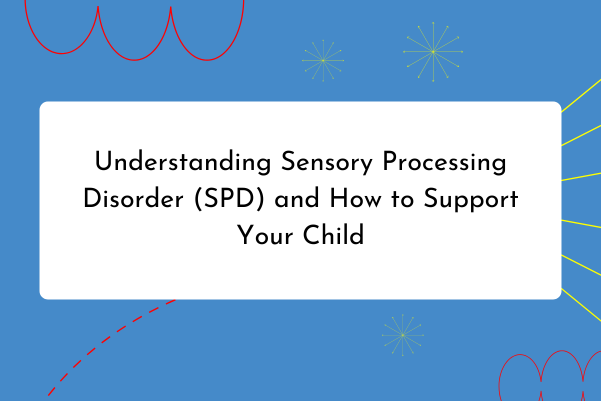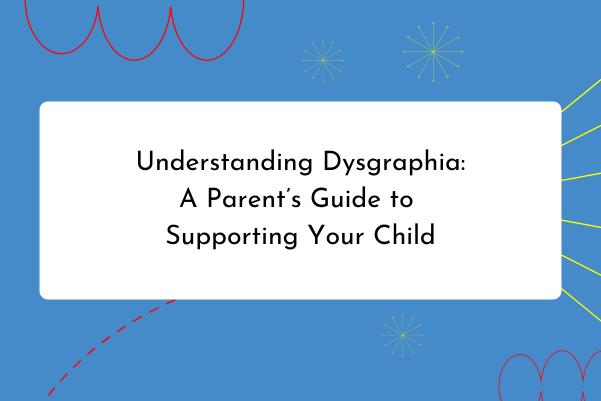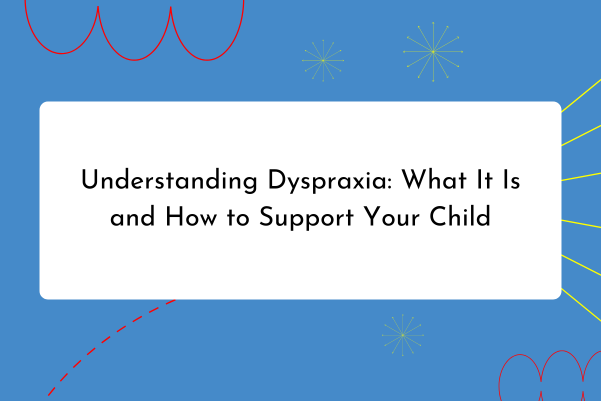Understanding the Differences Between Boys and Girls with ADHD
Attention Deficit Hyperactivity Disorder (ADHD) is a common neurodevelopmental disorder that affects children worldwide. While ADHD is often discussed as if it presents the same way in all children, boys and girls can experience different symptoms and challenges. Understanding these differences is crucial, especially since girls are often diagnosed later in life, leading to missed opportunities for early intervention.
How ADHD Symptoms Differ in Boys and Girls
ADHD symptoms typically fall into two main categories: inattentive symptoms and hyperactive-impulsive symptoms. While both boys and girls can experience symptoms in each category, they often present differently.
ADHD in Boys
Boys with ADHD are more likely to display the hyperactive-impulsive type of ADHD. Here are some common signs to look out for:
- Hyperactivity: Boys may be noticeably more hyperactive, constantly on the move, fidgeting, and unable to sit still. This behavior is often disruptive in school and other settings.
- Impulsivity: Boys might frequently act without thinking, interrupt others, or struggle to wait their turn. They may also have difficulty controlling their emotions, leading to outbursts or tantrums.
- Externalizing Behaviors: Boys are more likely to express their frustration outwardly, which can result in aggressive or defiant behavior.
Because these symptoms are more overt, boys are typically diagnosed with ADHD at a younger age, often between the ages of 5 and 7. Their behavior tends to draw attention quickly, prompting evaluations and earlier intervention.
ADHD in Girls
Girls with ADHD are more likely to exhibit the inattentive type of ADHD. Their symptoms are often subtler and less disruptive, making it easier for them to go undiagnosed. Signs to watch for include:
- Inattentiveness: Girls may appear dreamy or spaced out, frequently losing focus during tasks or conversations. They may struggle with organization and time management, often appearing forgetful or disorganized.
- Internalizing Behaviors: Instead of acting out, girls are more likely to internalize their frustrations. This can lead to low self-esteem, anxiety, or depression.
- Social Struggles: Girls with ADHD may have difficulty maintaining friendships. They might be perceived as shy or withdrawn, or conversely, as overly talkative and interruptive in social situations.
Girls are often diagnosed with ADHD much later than boys, sometimes not until adolescence or even adulthood. This delay is partly due to the less obvious nature of their symptoms, and partly because girls are more likely to be dismissed as simply being “quiet” or “disorganized.”
The Consequences of Late Diagnosis in Girls
The later diagnosis of ADHD in girls can have significant negative effects on their development and well-being. Without early intervention, girls may struggle with academic performance, leading to a loss of confidence and self-worth. The internalization of their symptoms can also increase the risk of developing anxiety, depression, and other mental health issues.
Additionally, because they haven’t received the support they need, girls with undiagnosed ADHD may face challenges in their social relationships, which can contribute to feelings of isolation. These issues can persist into adulthood, affecting their careers and personal lives.
Signs to Look Out For
It’s important for parents and educators to be aware of the signs of ADHD in both boys and girls. If you notice the following behaviors in your child, it might be worth discussing with a healthcare professional:
- For Boys: Excessive hyperactivity, impulsivity, difficulty following rules or instructions, and aggressive behavior.
- For Girls: Chronic daydreaming, forgetfulness, disorganization, social withdrawal, or an unusually high level of anxiety about school or social situations.
Conclusion
ADHD presents differently in boys and girls, with boys more likely to be diagnosed earlier due to their more overt symptoms. Girls, on the other hand, often go undiagnosed until later in life, which can lead to a range of challenges. By understanding these differences and being vigilant about the signs, parents can ensure their children receive the support they need, regardless of gender.






